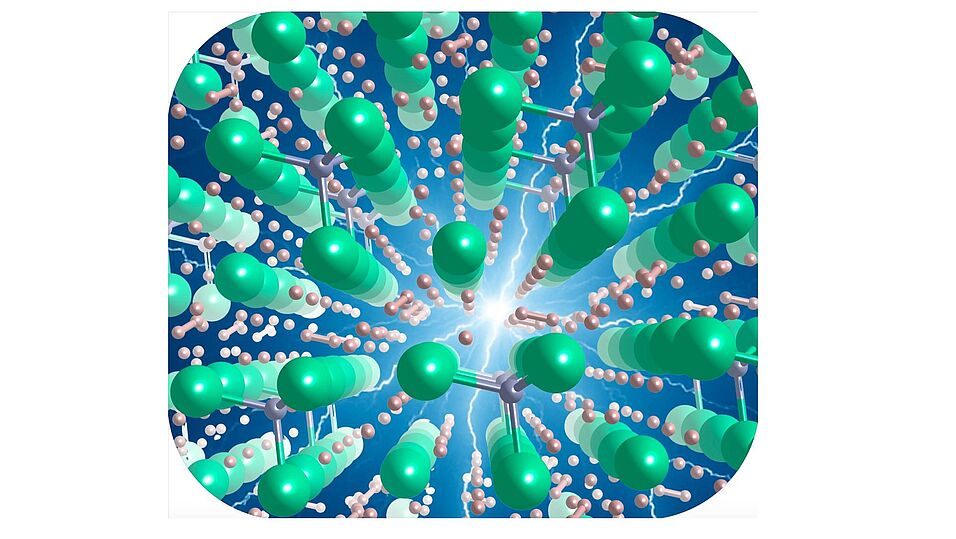Understanding the dynamics of hydrogen atoms in materials is crucial for the development of efficient hydrogen storage systems, a key component of the green energy transition. In a recent study published in npj Computational Materials, A. Angeletti and C. Franchini from the University of Vienna, in collaboration with L. Leoni and L. Pasquini from the University of Bologna and D. Massa from the NOMATEN Centre of Excellence in Poland, introduced an innovative machine learning strategy to accelerate and accurately model the diffusion of hydrogen in magnesium.
The research employed a hybrid approach that integrates Density Functional Theory calculations with Machine Learning Force Fields using the Vienna ab initio simulation package. By implementing an active learning procedure, the model was trained on-the-fly through the collection of a diverse dataset of sparsified atomic configurations generated during the simulation. This dataset was then used to fine-tune advanced neural network-based interatomic potentials, achieving an exceptional balance between computational efficiency and predictive accuracy, particularly with the use of the MACE framework.
The machine learning model demonstrated excellent agreement with experimental observations, accurately predicting hydrogen diffusion coefficients over a range of temperatures and correctly identifying the activation energy barrier. A systematic investigation of varying hydrogen concentrations also provided novel insights into hydrogen pair formation and clarified key aspects of hydrogen content in earlier experimental studies.
These results validate the proposed methodological framework and offer new perspectives on the kinetic behavior of hydrogen in magnesium, paving the way for the development of next-generation hydrogen storage technologies.
Beyond its immediate findings, the study highlights the transformative potential of machine learning in materials science, especially for investigating complex atomic dynamics in defective or otherwise challenging systems that have remained elusive due to computational or experimental limitations.
This work was developed within the “Doctoral College Advanced Functional Materials - Hierarchical Design of Hybrid Systems DOC 85 doc.funds” funded by the Austrian Science Fund (FWF).
Andrea Angeletti, Luca Leoni, Dario Massa, Luca Pasquini, Stefanos Papanikolaou & Cesare Franchini, npj Computational Materials volume 11, Article number: 85 (2025)New publication: Unconventional
Charge Transport in Energy Materials

